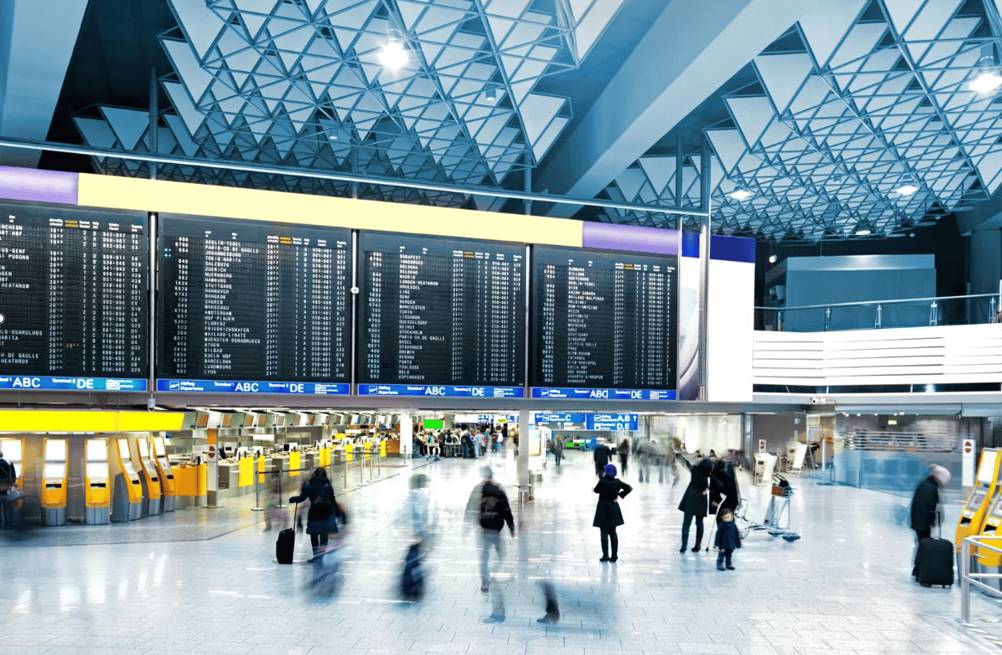
Smarter Airports Start with LiDAR: Reducing Congestion, Enhancing Security, and Cutting Costs
Many travelers have experienced the stress of rushing to catch a flight – making it through traffic, only to face an unexpectedly long security line. No matter how well-prepared a traveler is, the airport often finds a way to introduce the unexpected, making a smooth, hassle-free experience feel more like a rare exception than the norm. For airports, optimizing passenger flow and enhancing the overall passenger experience has also emerged as top priorities. Airports seek solutions that reduce line congestion, increase operational efficiency, and minimize service costs.
Today, with the emergence of AI-driven data analytics, airports are being transformed from basic transit hubs into dynamic, responsive environments that operate more intelligently and adapt in real time. One company leading this transformation is Beonic.
Beonic is a pioneering AI software company whose platform helps airports optimize passenger flow, enhance security, and improve overall operational efficiency. By integrating data from LiDAR, cameras, Wi-Fi, and flight information systems, Beonic delivers a comprehensive, real-time view of airport activity. Its platform supports intelligent decision-making across key areas such as queue management, gate optimization, crowd sensing, and workforce planning. Over 100 airports around the world are already using Beonic’s solution to reduce delays, enhance the traveler experience, and streamline operations from curb to gate.
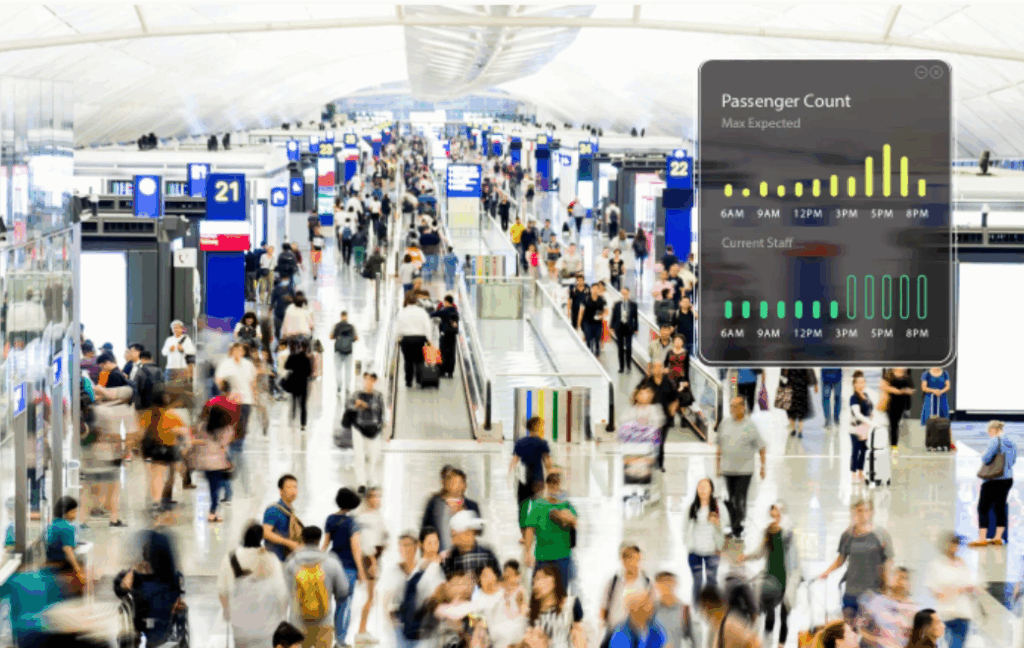
One of the core components from Beonic’s airport solution is Hesai’s JT128 LiDAR. The JT128 is a mini hyper-hemispherical 3D LiDAR perfectly designed for airport stationary application. By June 2025, Hesai has cumulatively delivered over 100,000 JT units, driving smart airport transformations at JFK New York, CLT Charlotte, PDX Portland, as well as airports in Helsinki, Munich, Frankfurt, Paris, Manchester, Singapore, and beyond.
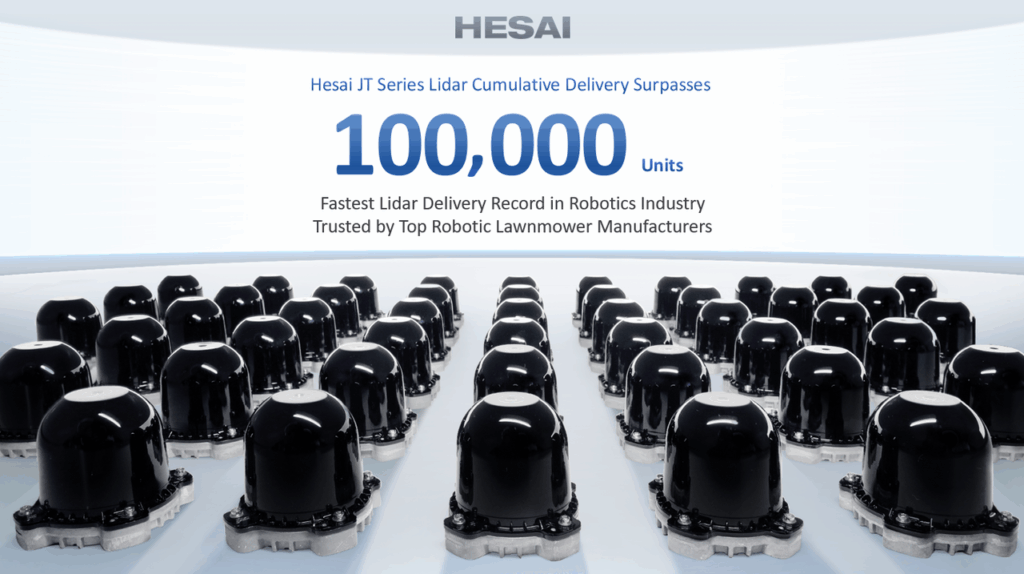
With its slim 30 mm window height, and a 70% smaller volume compared to similar products, the JT128 can be easily and discreetly integrated across diverse stationary locations in the airport, including security checkpoints, gate entrances, and immigration zones.
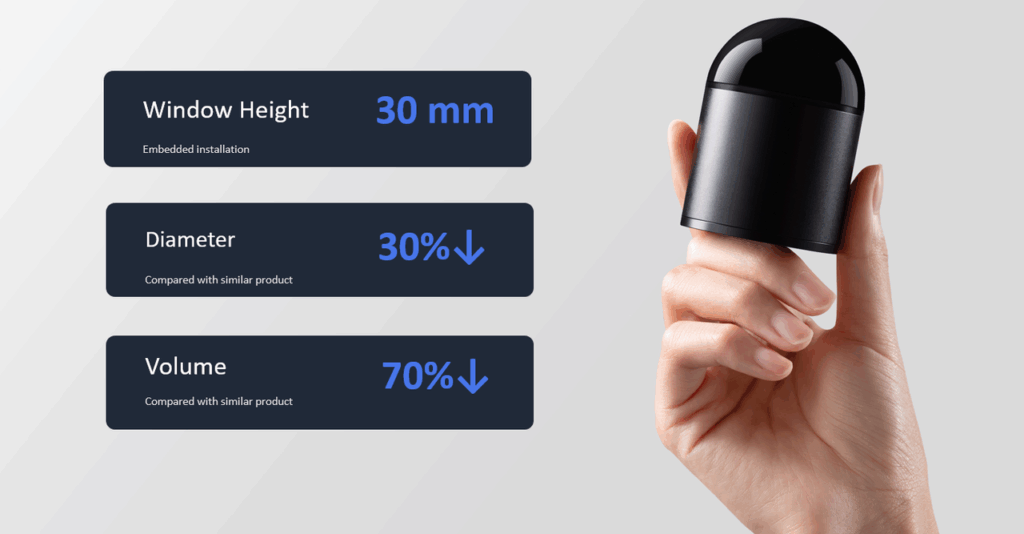
In addition to its compact size, the JT128 features the world’s widest 360° × 187° ultra-hemispherical field of view, delivering all-around perception coverage with no blind spots. Whether it’s tightly grouped individuals or large crowds, the JT128 can provide both accurate and comprehensive spatial perception. This enables AI analytics to deliver accurate insights on how travelers move through the airport – resulting in shorter wait times, reduced congestion, and significantly improved efficiency across the entire passenger journey. TSA staff can also respond swiftly to fluctuating demand, ensuring smoother day-to-day operations.

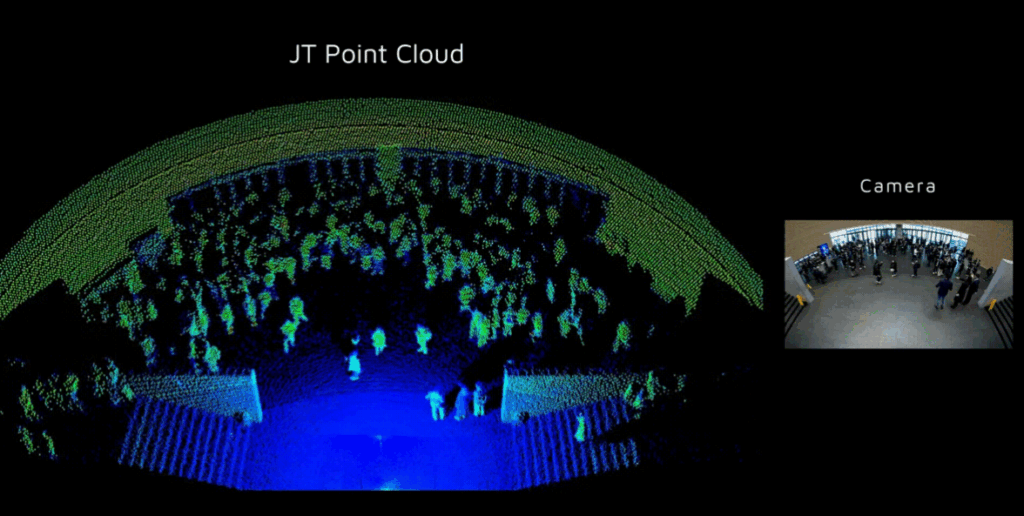
Because LiDAR actively emits laser light, it is not affected by ambient lighting conditions. This makes JT128 highly reliable across all areas of the airport, at any time of day or night. Whether deployed indoors or outdoors, it consistently delivers accurate spatial perception. JT128 is also equipped with proprietary noise filtering technology that significantly reduces the effects of rain and other environmental interference. This enables dependable outdoor operation for calculating taxi wait times, tracking curbside traffic flow, and supporting seamless coordination between ground services.
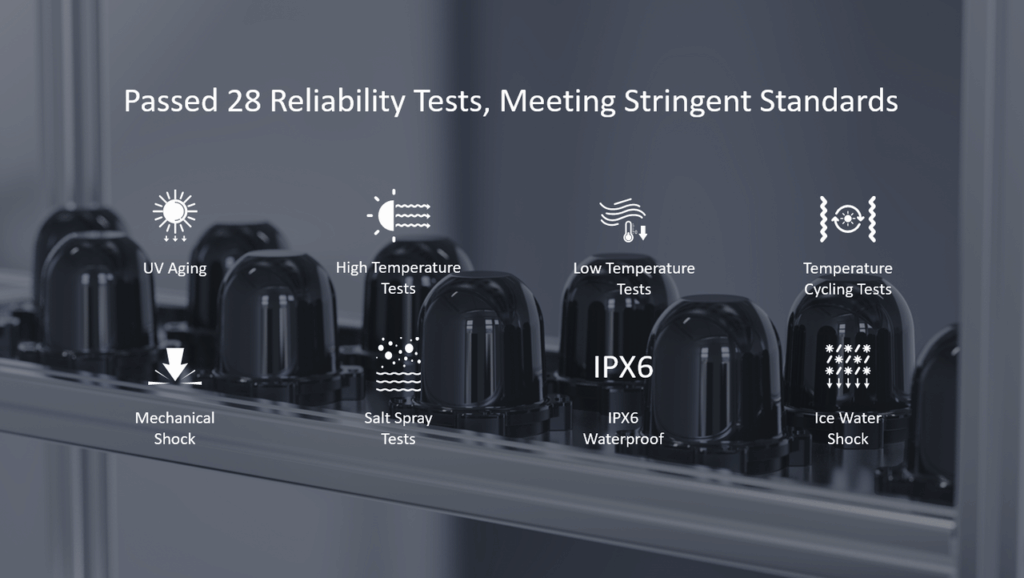
The all-day, all-weather reliability of JT128 also makes it the perfect sensor to enhance safety and security measures at the airport, providing immediate feedback to Beonic’s platform to identify potential threats, detect suspicious behavior, and respond promptly to incidents. It ensures the safety of passengers, employees, and assets within the airport. Best of all, LiDAR protects privacy by avoiding the collection of facial or biometric data, focusing only on object shapes and spatial positioning. This non-intrusive approach ensures privacy while still enabling accurate and reliable detection of people and objects.
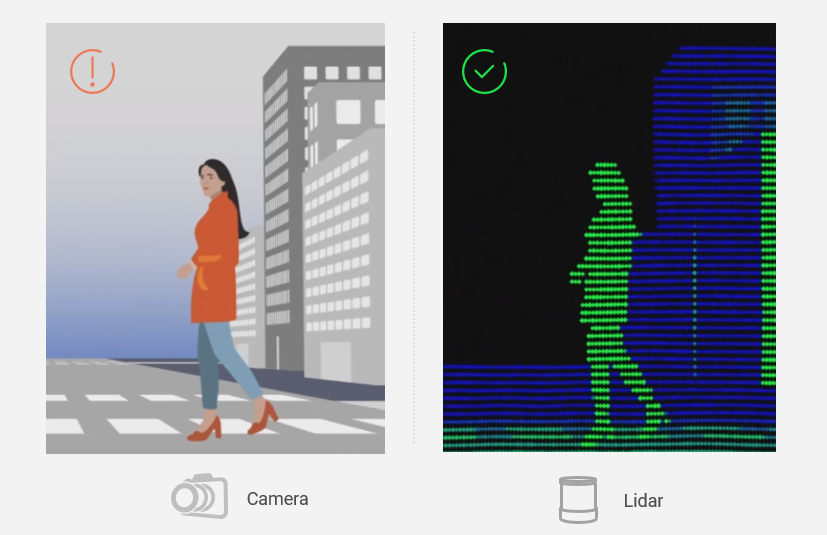
As Danny Peleg, Beonic’s VP of Sales and Business Development, puts it, “Only LiDAR allows us to accurately detect traffic and crowd flows in real time. We find working with Hesai to be a great experience, with great products, and we truly appreciate that.”
Beyond airports, Hesai is unlocking a broad spectrum of stationary applications through its collaboration with Beonic – with the potential to transform environments such as shopping malls, stadiums, parking areas, and industrial facilities. From optimizing traffic flow in large venues to detecting unusual activity in sensitive areas, LiDAR delivers precise spatial perception that supports smarter, faster decision-making, enhancing overall safety while protecting privacy. As demand for non-invasive, intelligent sensing continues to grow, LiDAR will play an increasingly vital role in stationary applications – strengthening operational intelligence across high-traffic and high-security environments, ultimately improving everyday efficiency.


